Gaslight (1944 film)
8.2 /10 1 Votes
83% Rotten Tomatoes Genre Crime, Drama, Mystery Duration Language English | 7.9/10 IMDb Story by Patrick Hamilton Country United States | |||||||||||||||||||||||||||||||||
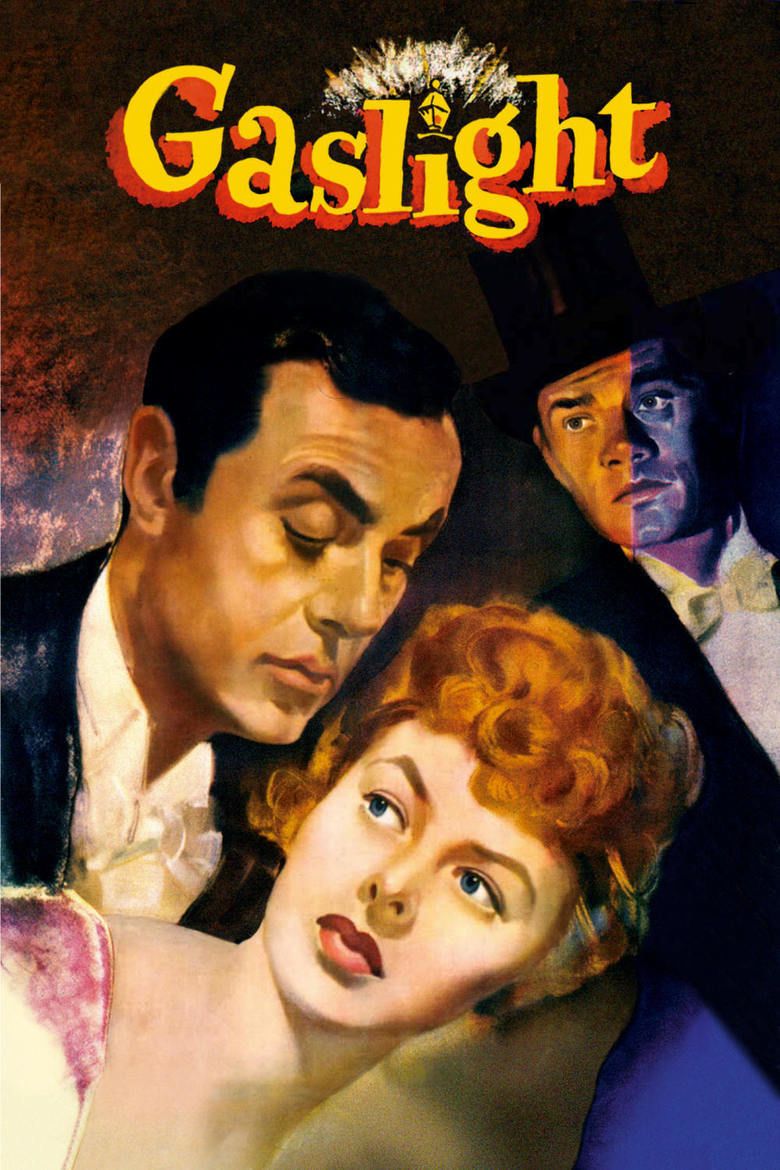 | ||||||||||||||||||||||||||||||||||
Release date May 4, 1944 (1944-05-04) Writer John Van Druten (screenplay), Walter Reisch (screenplay), John L. Balderston (screenplay), Patrick Hamilton (play) Cast (Gregory Anton), (Paula Alquist), (Brian Cameron), Dame May Whitty (Miss Bessie Thwaites), (Nancy Oliver), (Elizabeth Tompkins)Similar movies The Case of the Scorpion's Tail , I Spit on Your Grave III: Vengeance is Mine , Halloween , Mad Max: Fury Road , Sea of Love , Salt Tagline Strange drama of a captive sweetheart! | ||||||||||||||||||||||||||||||||||
Gaslight 1944 official trailer charles boyer ingrid bergman movie hd
Gaslight is an American 1944 mystery-thriller film, adapted from Patrick Hamilton's 1938 play Gas Light, about a woman whose husband slowly manipulates her into believing that she is going insane. The film was nominated for seven Academy Awards, including Best Picture, Best Actor and Best Screenplay; it won the Academy Awards for Best Actress and Best Production Design.
Contents
- Gaslight 1944 official trailer charles boyer ingrid bergman movie hd
- Gaslight 1940 film
- Plot
- Cast
- Production
- Gaslight as expression
- Box office
- Critical response
- Noir analysis
- References
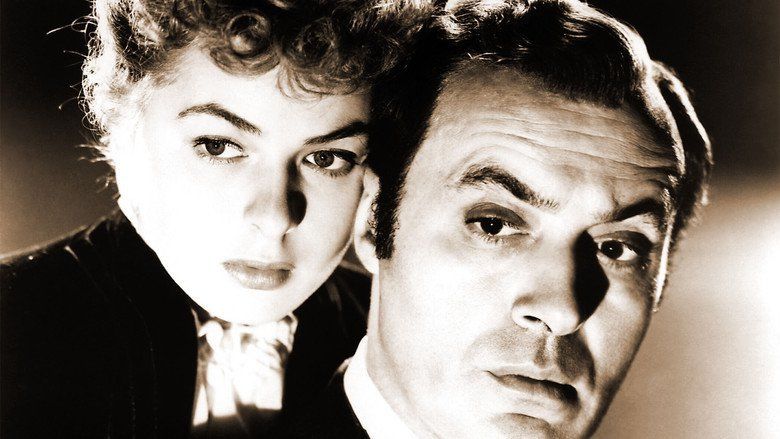
The 1944 version was the second version to be filmed, following the British film Gaslight, directed by Thorold Dickinson and released in 1940. This 1944 version was directed by George Cukor and starred Ingrid Bergman, Charles Boyer, Joseph Cotten, and 18-year-old Angela Lansbury in an Oscar-nominated screen debut (Supporting Actress). Gaslight had a larger scale and budget than the earlier film, and lends a different feel to the material. To avoid confusion with the first film, this version was originally given the title The Murder in Thornton Square in the UK. This film features numerous deviations from the original stage play, though the central drama of a husband trying to drive his wife insane in order to distract her from his criminal activities remains.
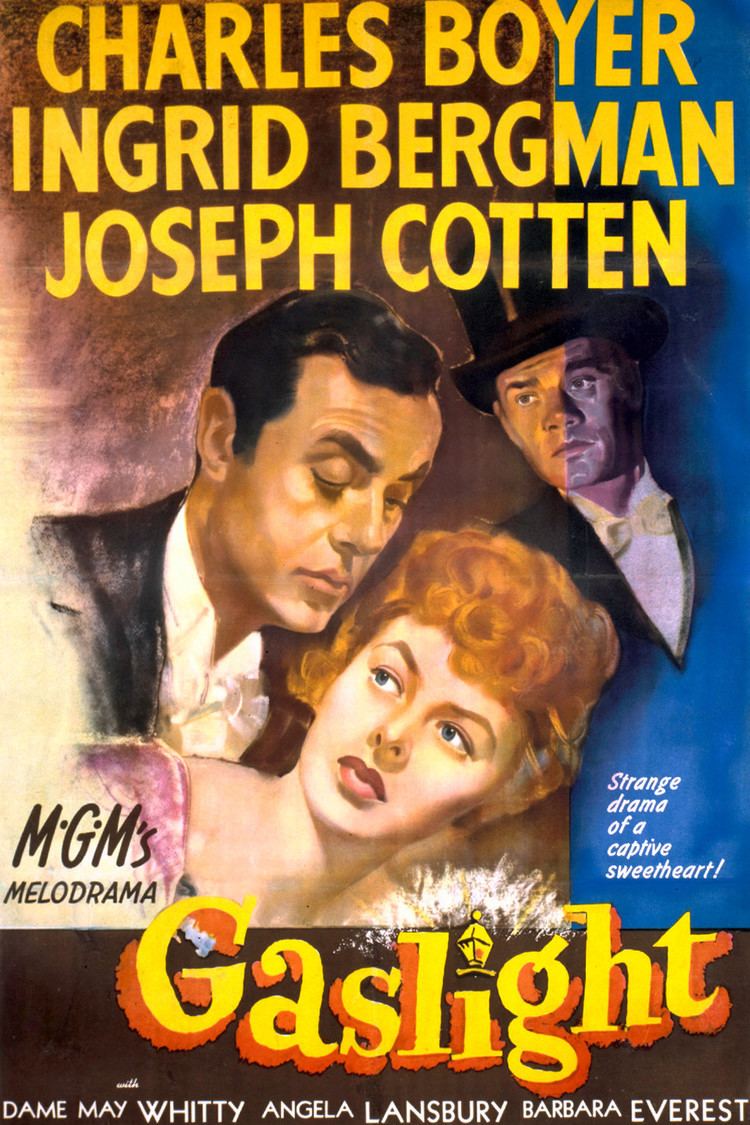
Gaslight 1940 film
Plot
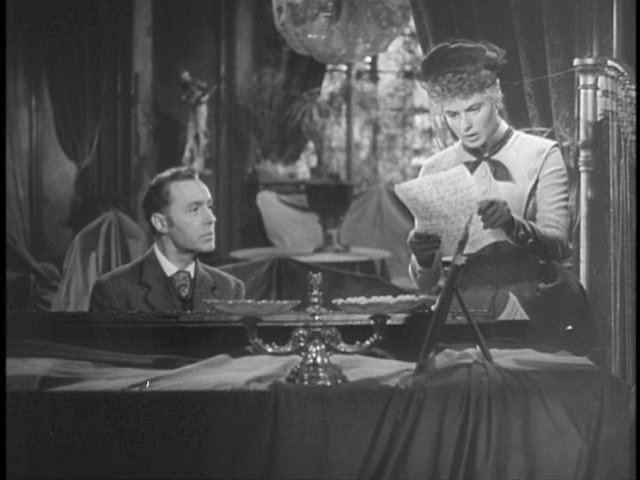
World-famous opera singer Alice Alquist has just been murdered. The perpetrator bolted, without the jewels he sought, after being interrupted by a child—Paula (Terry Moore)—Alice's niece, who was raised by her aunt following Paula's own mother's death years earlier.
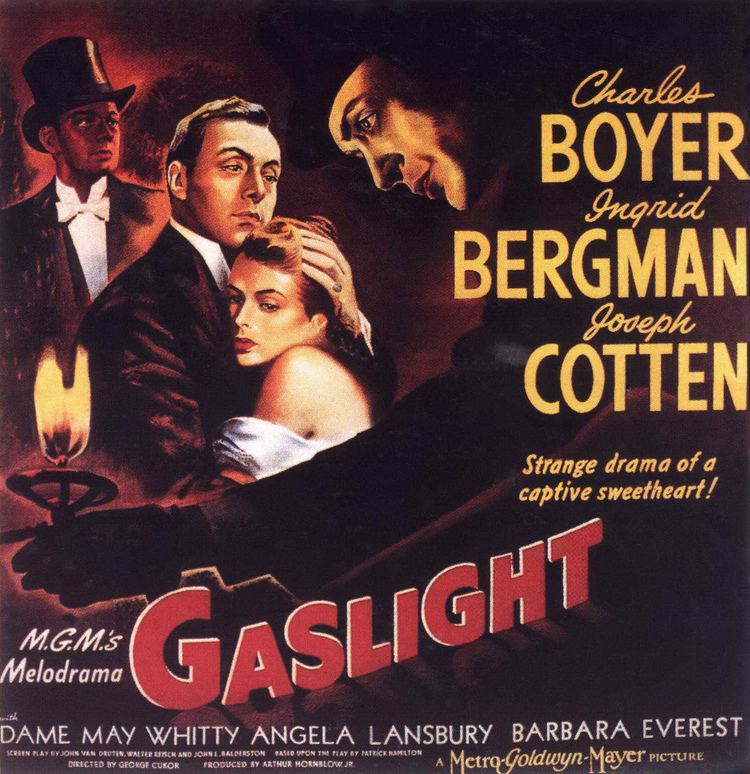
Paula is sent to Italy so that she can train to be an opera star with the same teacher who once trained Alice. Paula studies with him for years, all the while trying to forget that terrible night at Number 9 Thornton Square in London.
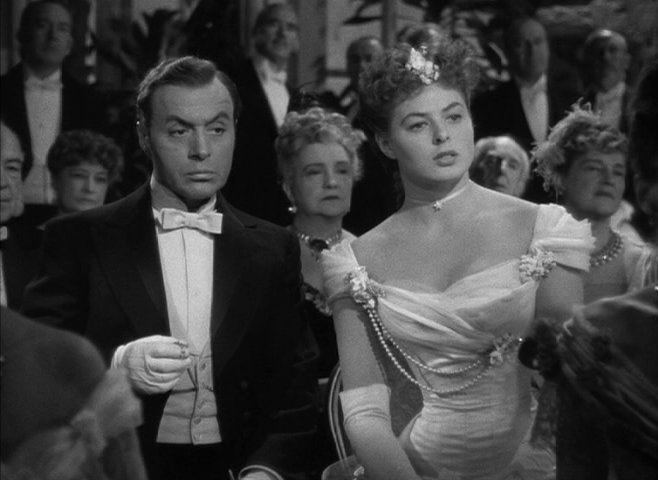
Now an adult, Paula (Ingrid Bergman) meets Gregory Anton (Charles Boyer), and, in the course of a two-week-long whirlwind romance, falls in love with him and they quickly marry. Paula ends her long tutelage to marry him, and is persuaded by Gregory to leave the society and friends she knows in order to return to London, where she has no acquaintances, in order to live in the long-vacant London townhouse her aunt bequeathed her. To help calm her anxieties, Gregory suggests they store all of Alice's furnishings in the attic. Before they do, Paula discovers a letter addressed to her aunt by a man named Sergius Bauer, dated only two days before the murder, tucked away in a music book. Gregory's reaction is swift and violent; however, he quickly composes himself, explaining his outburst as one of frustration at the bad memories his bride is experiencing.
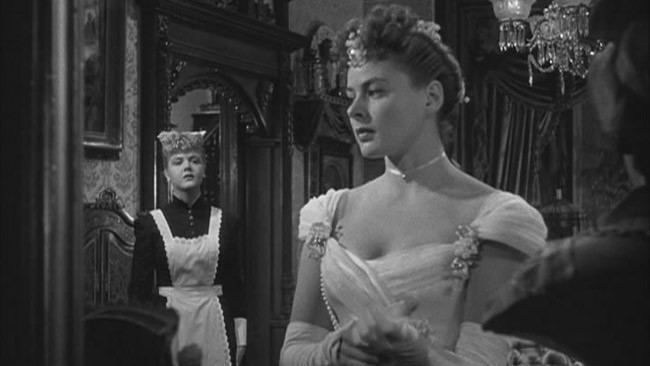
After Alice's belongings are packed away in the attic and the door blocked, events take a turn for the bizarre. At the Tower of London, Paula loses an heirloom brooch that Gregory had given her, despite its having been stored safely in her handbag. A picture disappears from the walls of the house, and Gregory says that Paula took it, one of many instances of her removing and hiding it, but Paula has no recollection of having done so. Paula also hears footsteps coming from above her in the sealed attic, and sees the gaslights dim and brighten for no apparent reason. Gregory suggests that these are all figments of Paula's imagination.
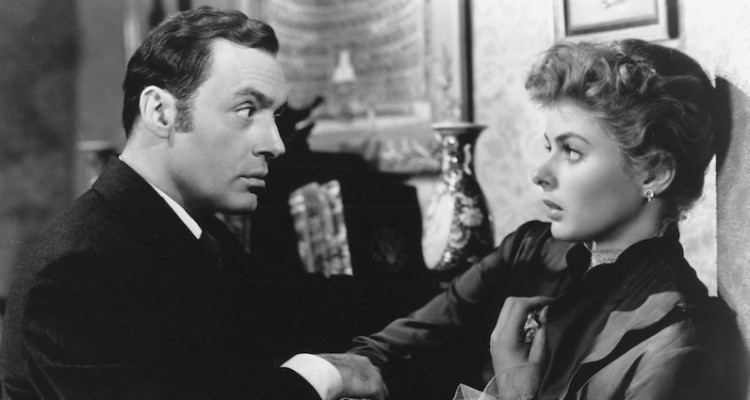
Gregory does everything in his power to isolate his wife from other people. Gregory allows her neither to go out nor to have visitors, implying that he is doing so for her own good, because her nerves have been acting up, causing her to become a kleptomaniac, and to imagine things that are not real. He is also jealous and accusatory whenever others express an interest in her. On the one occasion when Gregory does take her out to a musical gathering at a friend's house, he shows Paula his watch chain, from which his watch has mysteriously disappeared. When Gregory finds it in her handbag, Paula becomes hysterical, and he takes her home. Paula begins to believe she should not go out in public.
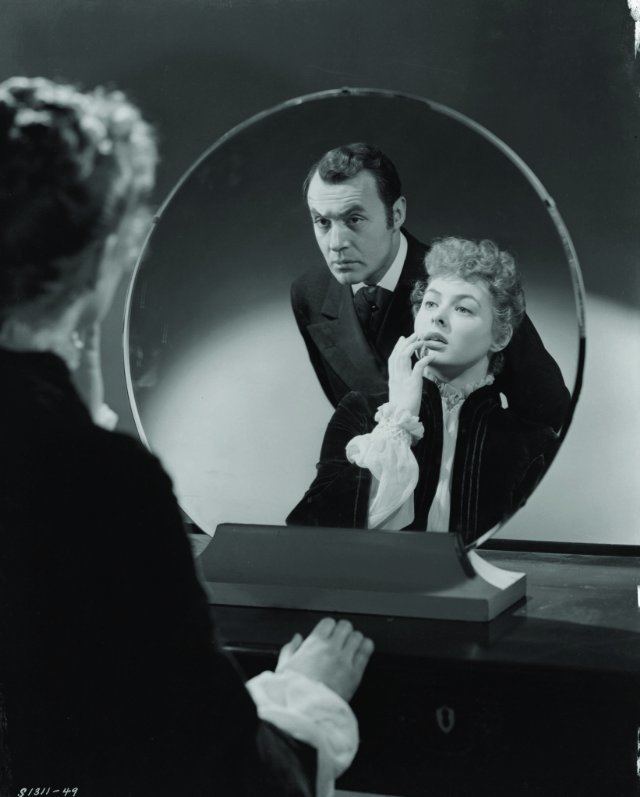
The young maid, Nancy (Angela Lansbury), does little to improve the situation. Whenever she shows up, her face betrays a feeling of disdain; Paula becomes convinced that Nancy loathes her. Gregory secretly flirts with the maid, and tells Paula she is paranoid and is imagining the maid's disdain.
Unknown to Paula, her husband is in fact Sergius Bauer, her aunt's murderer. He sought out Paula in Italy, managed to win her heart, married her, and suggested they live in London, all with the aim of getting back into the house to continue searching for Alice's jewels. He has been secretly rummaging through Alice's belongings in the attic to find the jewels he is certain are there. The footsteps Paula hears in the attic are actually his. The flickering gaslights he claims she has imagined are in reality caused by him turning the attic lights on, reducing the flow of gas to the downstairs lights. The kleptomania exhibited by Paula is all a sleight-of-hand ruse perpetrated by Gregory.
Gregory does everything in his power to convince his wife that she is going mad. If she were certified insane and institutionalized, he could search without impediment for the jewels. The plan almost works. Paula is saved by her trip to the Tower of London. Although the visit was the catalyst that enabled Gregory to cement his control over her, it also led to a chance encounter with Inspector Brian Cameron of Scotland Yard (Joseph Cotten), an admirer of Alice Alquist since his childhood. Seeing Paula, whose resemblance to her aunt catches his attention, rekindles Cameron's interest in the cold case, an interest that is heightened when he learns that Alquist was in possession of valuable jewels that were never found. That had been kept from the public at the request of a certain royal personage. Cameron was also present at the aforementioned musical gathering and perceived Gregory's strange behavior with a discerning eye. With the aid of the police constable on the beat, Cameron figures out that Gregory slips into a vacant house on the same street, proceeds to the roof, and enters his own attic via a skylight. Cameron eventually manages to get inside the house to see Paula while Gregory is in the attic. Her sanity is quickly restored when he confirms that the gaslights are indeed flickering and she discovers the letter from Bauer that Gregory had told her was a figment of her imagination. On that same evening, Gregory at last discovers the jewels he has sought for so long: hidden in plain sight, disguised as costume jewelry. However, when he comes down, Cameron accosts him and with the help of the constable arrests him and ties him up.
Paula indulges herself in a bit of revenge as she psychologically tortures Gregory after he has been bound to a chair, tantalizing him with the suggestion that she might free him so he can escape arrest, trial, and execution, before calling in Cameron to take him away.
Cast
Uncredited
Production
Encouraged by the success of the play and the British 1940 film, MGM bought the remake rights, but with a clause insisting that all existing prints of the first film be destroyed, even to the point of trying to destroy the negative. Evidently that order was not honored to the letter, since the 1940 Gaslight is still safely available for both theatrical and TV exhibition, as well as DVD release.
Gaslight as expression
The psychological term gaslighting, which describes a form of psychological abuse in which the victim is gradually manipulated into doubting his or her own sanity, originated from the play and its two film adaptations.
Box office
According to MGM records the film earned $2,263,000 in the US and Canada and $2,350,000 elsewhere resulting in a profit of $941,000.
Critical response
When Gaslight was first released, The New York Times film critic, Bosley Crowther, praised the actors. He wrote, "And with Mr. Boyer doing the driving in his best dead-pan hypnotic style, while the flames flicker strangely in the gas-jets and the mood music bongs with heavy threats, it is no wonder that Miss Bergman goes to pieces in a most distressing way. Both of these popular performers play their roles right to the hilt. Nice little personality vignettes are interestingly contributed, too, by Joseph Cotten as a stubborn detective, Dame May Whitty and Angela Lansbury as a maid."
Noir analysis
In 2006, film critic Emanuel Levy discussed the film noir aspects of the film:
A thriller soaked in paranoia, Gaslight is a period films [sic] noir that, like Hitchcock's The Lodger and Hangover Square, is set in the Edwardian age. It's interesting to speculate about the prominence of a film cycle in the 1940s that can be described as 'Don't Trust Your Husband'. It began with three Hitchcock films: Rebecca (1940), Suspicion (1941), and Shadow of a Doubt (1943), and continued with Gaslight and Jane Eyre (both in 1944), Dragonwyck (1945), Notorious and The Spiral Staircase (both 1946), The Two Mrs. Carrolls (1947), and Sorry, Wrong Number and Sleep, My Love (both 1948). All of these films use the noir visual vocabulary and share the same premise and narrative structure: The life of a rich, sheltered woman is threatened by an older, deranged man, often her husband. In all of them, the house, usually a symbol of sheltered security in Hollywood movies, becomes a trap of terror.
Note that critic Levy is mistaken about the time period: the film opens in 1875 with Paula as a child, and leaps ahead ten years to Paula as an adult; thus the film is set squarely in the reign of Queen Victoria (1837-1901), which preceded the reign of her son and successor, King Edward VII (1901-1910).
References
Gaslight (1944 film) WikipediaGaslight (1944 film) IMDbGaslight (1944 film) Rotten TomatoesGaslight (1944 film) themoviedb.org
